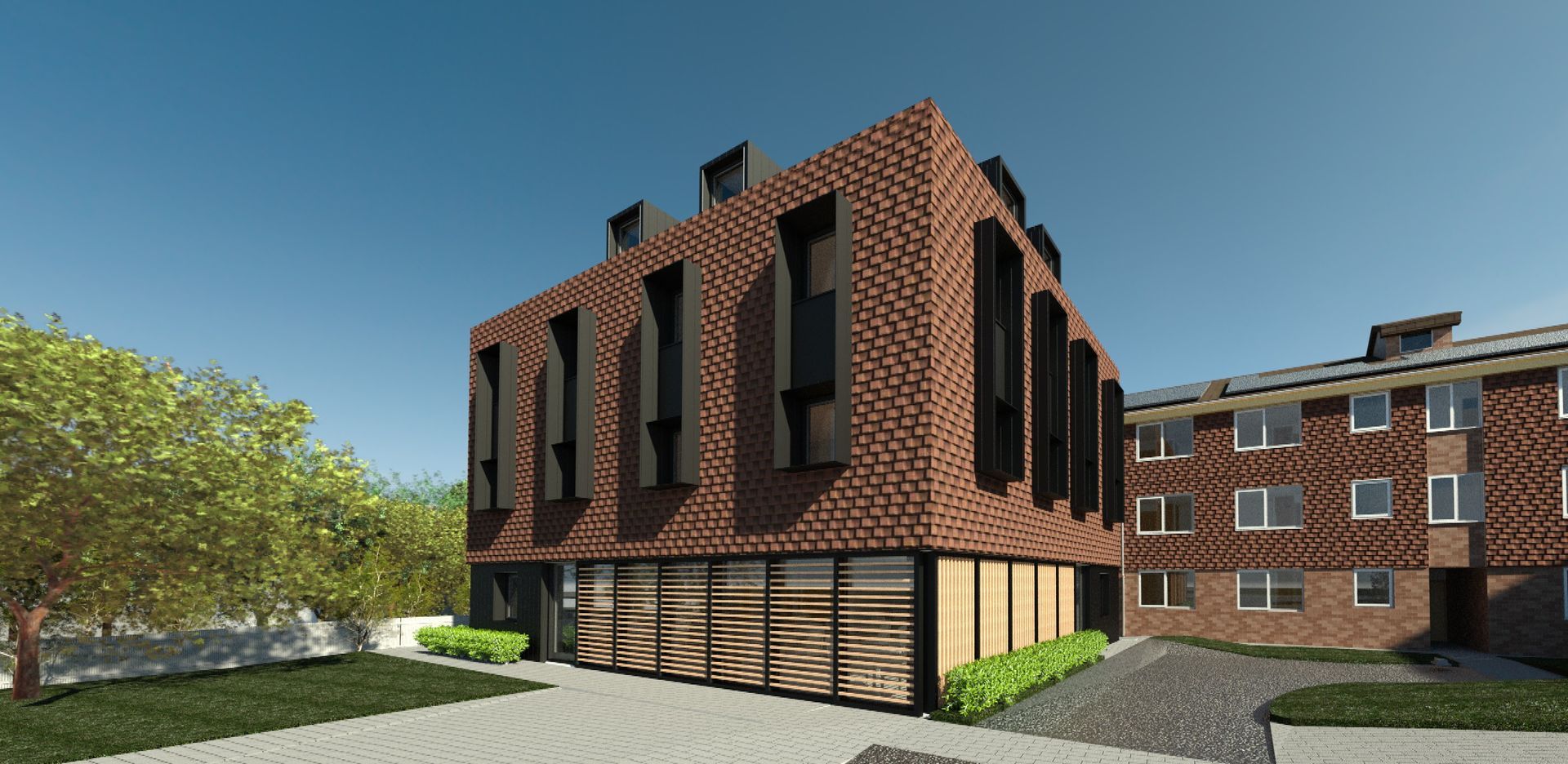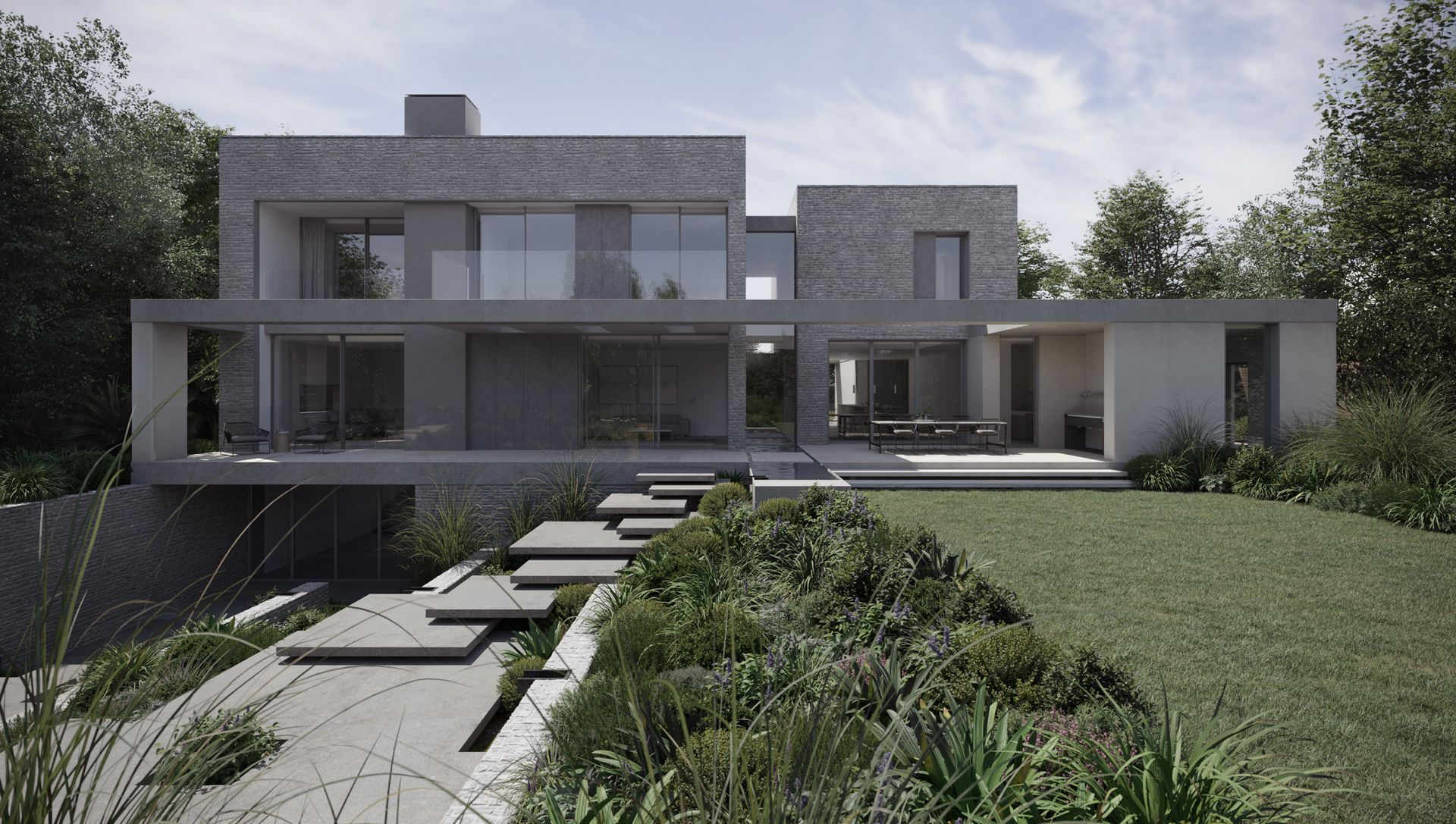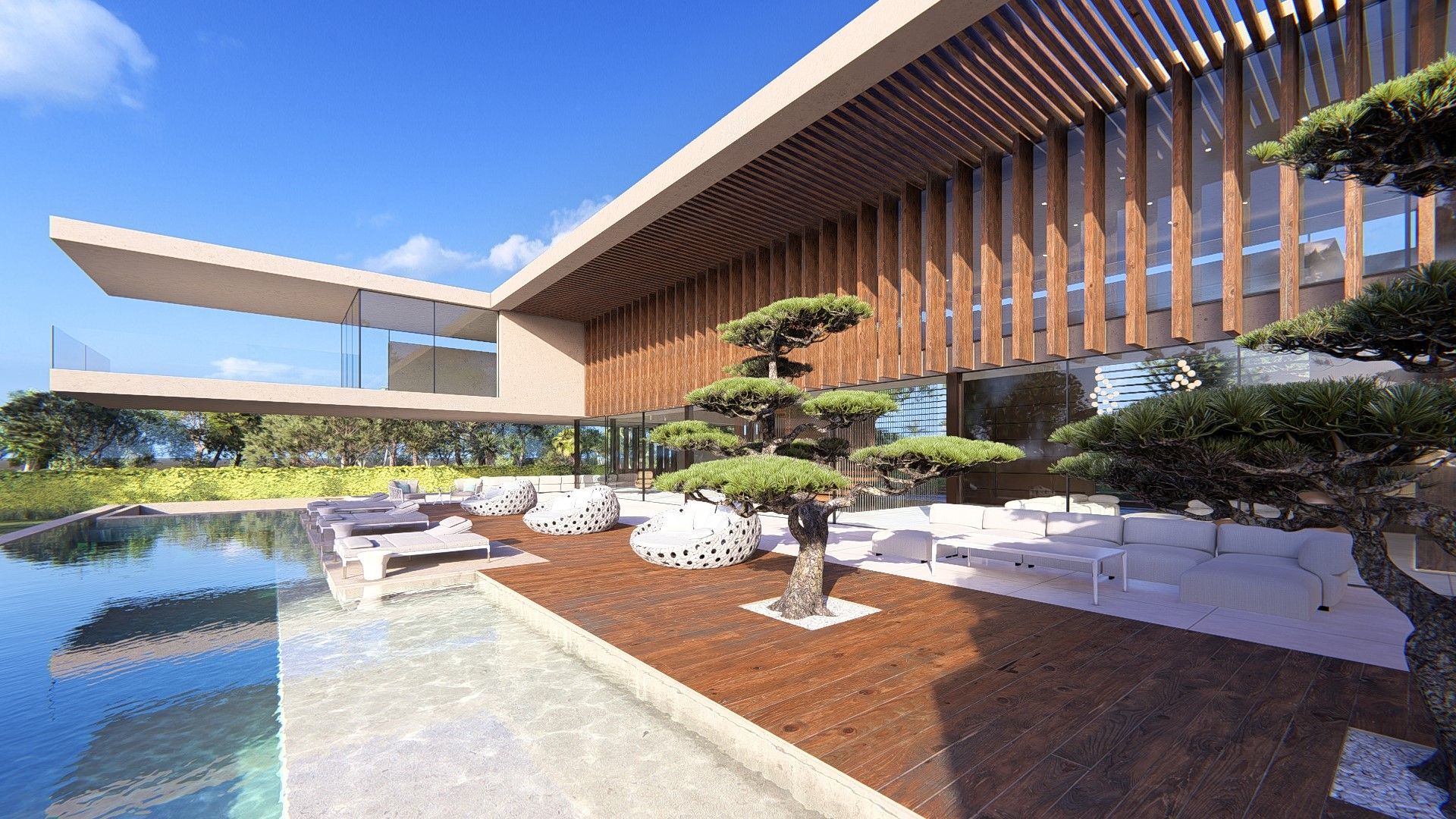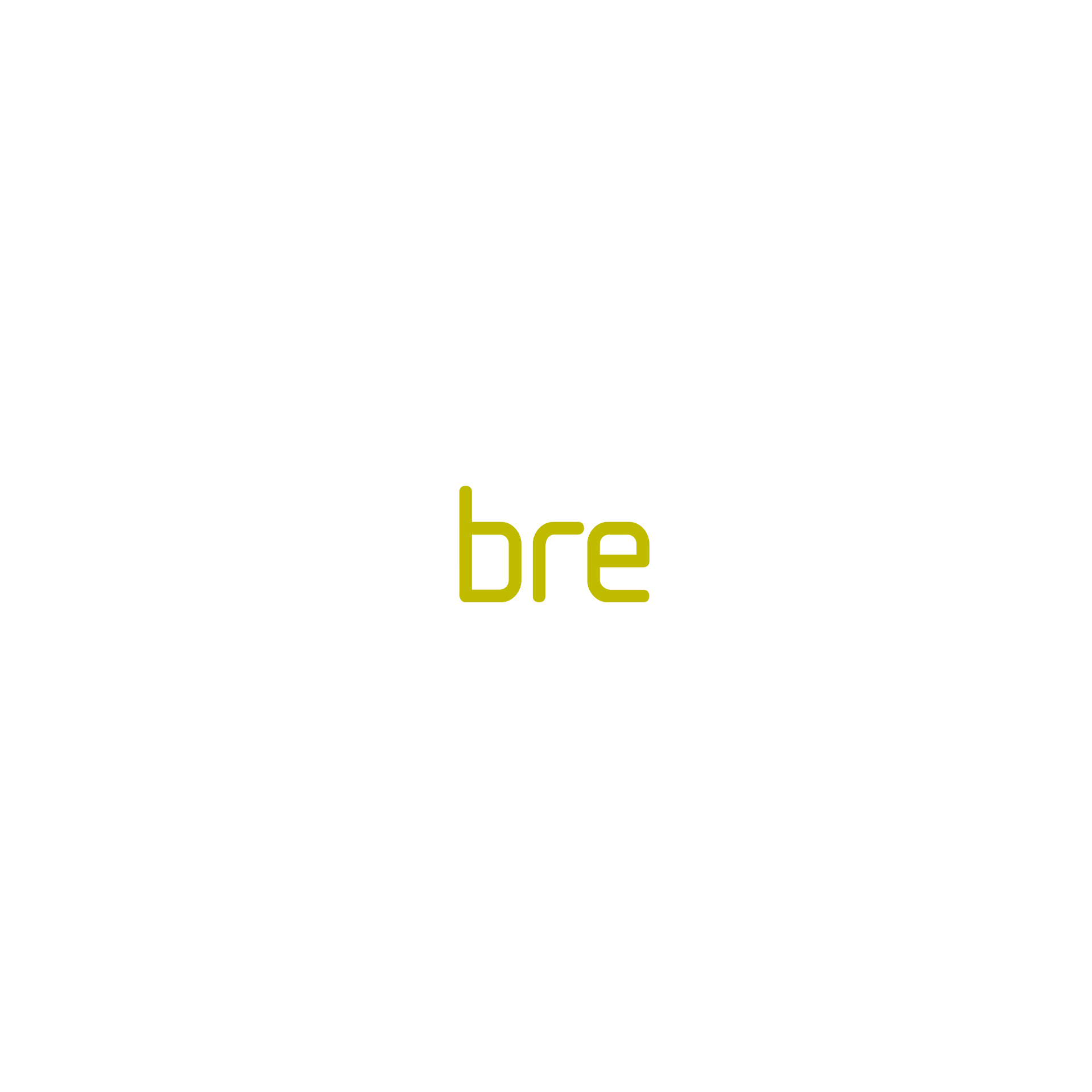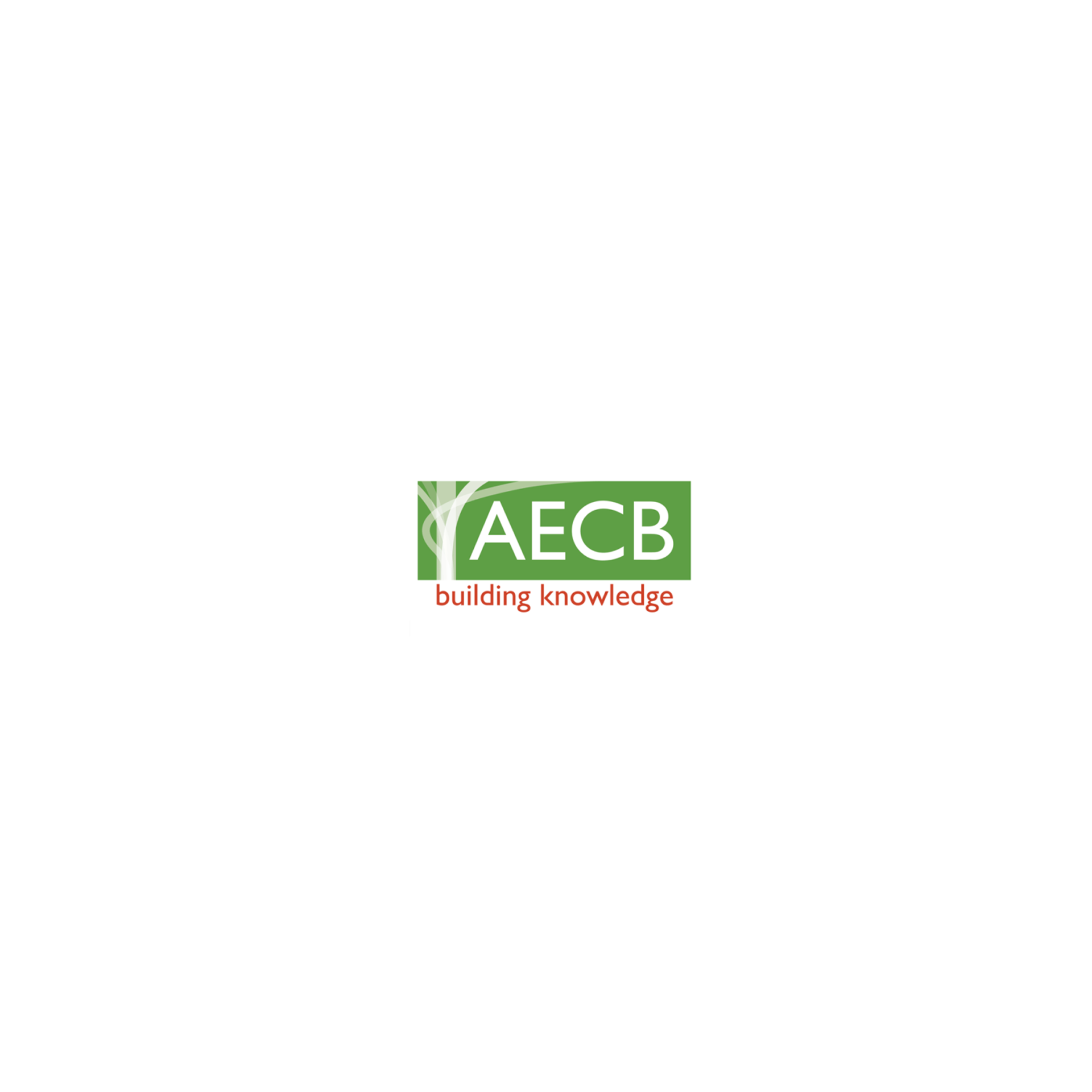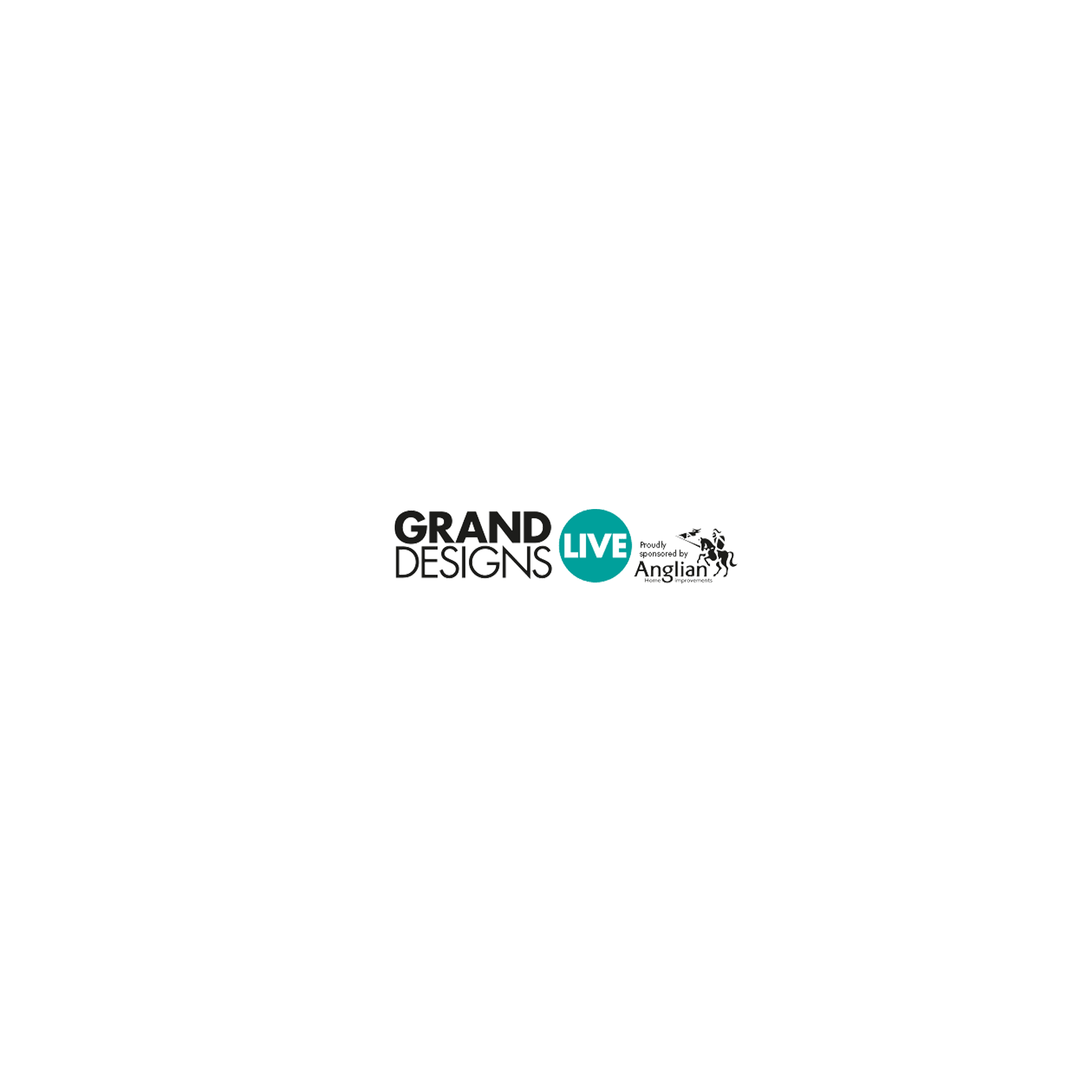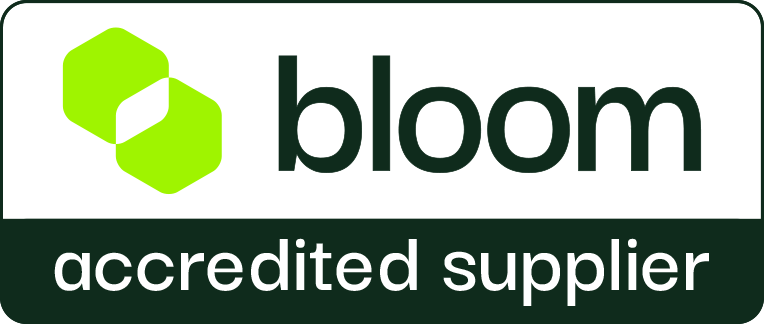The Tech Behind Low-Energy Commercial Projects: HVAC
It's estimated that commercial buildings contribute around 8% of the UK's total annual carbon emissions, and carbon associated with heating, ventilating, and cooling buildings makes up about 40% of a building's total annual energy usage.
In this first part of a three-part blog series, I am going to focus on several key HVAC (Heating, Ventilation, and Air Conditioning) technologies and controls that drive energy efficiency in commercial buildings. These technologies aim to optimise heating, cooling, and ventilation systems to reduce energy consumption and improve overall efficiency.
High-efficiency HVAC equipment
Utilising high-efficiency HVAC equipment, such as heat pumps, air conditioners, chillers and, dare I say, high-efficiency boilers, can significantly reduce energy consumption compared to older, less efficient models. These systems often incorporate advanced technologies like variable-speed compressors or modulating burners to match the load requirements more precisely.
Ductless HVAC systems
Ductless HVAC systems, such as variable refrigerant flow (VRF) systems, offer zoned heating and cooling capabilities, providing more control over individual spaces. By avoiding the energy losses associated with ductwork, ductless systems can improve energy efficiency and offer flexibility in building design.
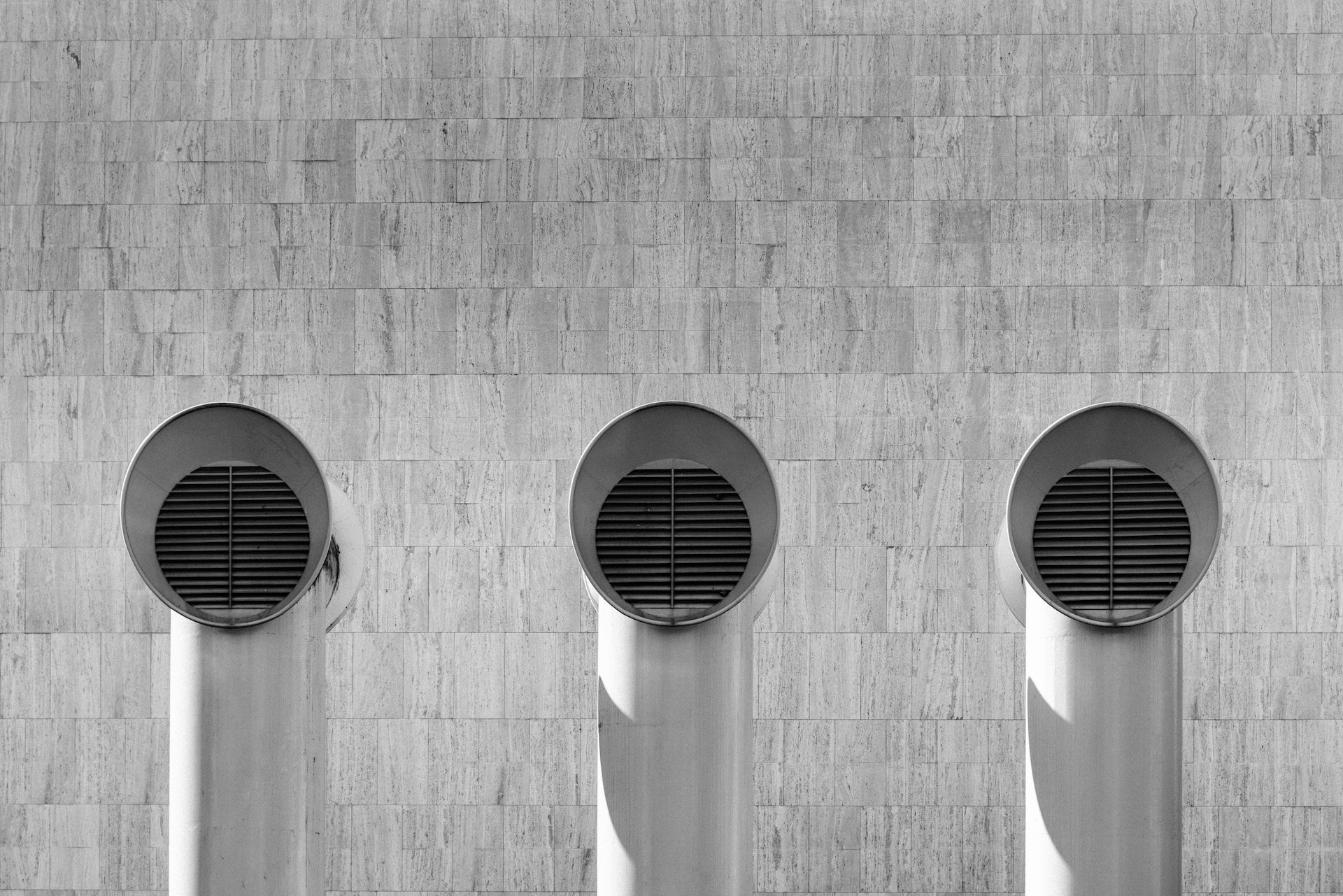
Thermal storage systems
Thermal storage systems utilise off-peak or low-demand electricity to store thermal energy, typically in the form of chilled water or ice. This stored energy can be used during peak demand periods, reducing the load on cooling equipment during expensive or high-demand periods.
Energy recovery ventilation (ERV)
ERV systems recover and transfer heat or coolness from the exhaust air to precondition incoming fresh air. This helps to reduce the load on heating and cooling systems by using the energy from the exhaust air to condition the incoming air, improving overall energy efficiency.
Demand-controlled ventilation (DCV)
DCV systems adjust the amount of ventilation provided based on the actual occupancy of a space. By monitoring and adjusting ventilation rates based on real-time occupancy, DCV systems optimise energy consumption while maintaining indoor air quality.
Building automation systems (BAS)
BASs integrate and control various HVAC components, lighting systems, and other building systems. They provide centralised monitoring and control, optimising system performance, scheduling operations, and adjusting set points based on occupancy and load conditions, resulting in improved energy efficiency.
Variable frequency drives (VFDs)
VFDs are used to control the speed of motors, such as those in fans and pumps, to match the system's load requirements. By adjusting the motor speed based on demand, VFDs can significantly reduce energy consumption.
Advanced controls and sensors
Advanced control systems and sensors help optimise HVAC operations by monitoring and adjusting conditions based on real-time data. This includes occupancy sensors, temperature sensors, humidity sensors, and CO2 sensors that enable precise control and automation of HVAC systems, avoiding unnecessary energy consumption.
All modern and low-energy buildings use combinations of these technologies and control philosophies to drive down energy production and cleverly use and reuse valuable electricity and fuels to power them.





